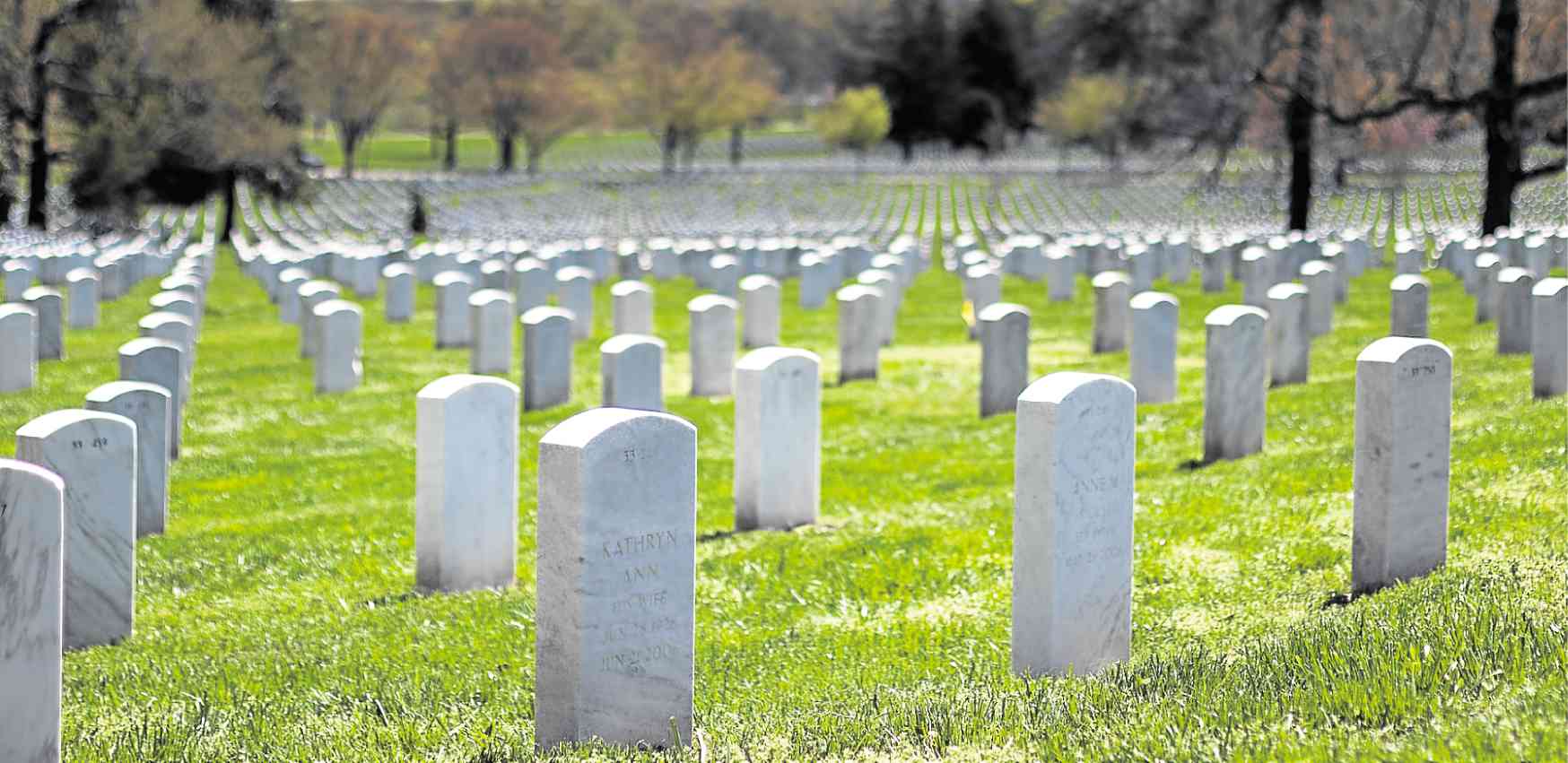Our growing awareness of sustainable urban practices and green living has exposed the flaw of human burials. Death is difficult for families, and apparently, on Mother Nature too.
Did you know that in America, the total amount of steel used in making caskets yearly is enough to build a 100-storey skyscraper (northwoodscasket.com)? Or that the amount of natural gas needed to cremate a person can run a car for 500 miles (Caitlyn Doughty)?
In our desire to embellish and immortalize our dearly departed, we have kept them from reuniting with the earth. From injecting our loved ones’ bodies with chemicals to burying non-recyclable metals, many traditional practices in death may actually bring more harm than good. Maybe now is the time we rethink how we lay our loved ones to rest.
Could the Philippines be ready to accept the idea of sustainable deaths?
Become a seed
Would you like to become a tree after death? That is the question that Italian designers Anna Citelli and Raoul Bretzel are banking on with their unique concept, Capsula Mundi.
Initially presented as an art work, the Capsula Mundi is founded on the idea that life should be a continuous process. It proposes that the remains of a dead body be stored in a biodegradable container to eventually sustain to a tree.
The container can either be an urn or pod, catering to either cremated ashes or a body in fetal position. The organic capsule will be buried underneath the ground and laid underneath a tree pre-chosen by the
deceased. It is then up to the loved ones of the departed to take care of the tree.
Applicable in many parts of the globe, Citelli and Bretzel envision that the Capsula Mundi will eventually turn tombstone-filled cemeteries into forests brimming with life.
As of this writing, biodegradable urns are sold and shipped anywhere through the internet. Pods that can contain whole bodies are still in development, but have already graced many exhibits and reports in the media.
The concept has found some critics among scientists and lawmakers, who argue that not all trees and land parcels can benefit from this concept. Nevertheless, the idea is gaining ground, with people finding it a romantic return to one’s roots, so to speak.
Become animal chow
With her bright smile and booming voice, Caitlin Doughty does not exemplify the gloomy stereotype of a mortician.
A YouTube personality, Doughty would frequently discuss the business of funeral services and the reality of dying. With her alternative funeral home, Undertaking LA, she also advocates going green with burials.
Doughty said a burial can be called natural if it does not involve chemical embalming. The casket or shroud ideally should use biodegradable materials such as wicker, raw cotton, renewable wood or paper. Burial vaults, which keep the soil from caving in on a casket upon disintegration, are best eliminated to encourage natural decomposition of the body.
A natural burial basically favors environmentally sound activities in laying a dead person to rest. Manual digging is used instead of excavator machines to avoid disturbing natural habitats. Loved ones are even encouraged to fabricate caskets to save on costs and make containers more personalized.
Lastly, concrete or stone tombstones are avoided in lieu of simple markers or even GPS mapping.
Green burials are as affordable as they are simple. A green burial costs about $7000 (equivalent to roughly P37,500) on the average. The said amount is already inclusive of the land to be used in a memorial park.
The practice is finding fans across America not only through Doughty’s funeral parlor but also via other similar establishments. It is legally allowed in America but restricted to a few designated land parcels.
In the Philippines, the practice is technically legal, but not widely practiced as there are no sustainable cemeteries to cater to these innovations. If you are interested in getting a green burial, make sure to check local codes and neighborhood restrictions.
The practice has Mother Nature’s best interests at heart, but you wouldn’t want the neighbor’s dog to accidentally dig up a human grave. Yikes.
Death and beyond
Sustainable practices in funerary services isn’t just a fad. It’s an attempt to minimize our carbon footprint on earth, even in death.
Though we may find some of the ideas adhering to this concept outrageous, the fact remains that we are running out of bare land and other resources as time progresses.
To prevent burial ground from running out in the future, let us do our part in saving the earth.
In planning for death, consider alternative burial methods for you and your loved ones. Not only do you fulfill one last good deed for mankind, you also get to allocate more money instead on your life today.
(Sources: edition.cnn.com, www.npr.org, www.undertakingla.com, www.capsulamundi.it, www.northwoodscasket.com, Mark Thomas via pixabay.com, Valiunic via pixabay.com, Metropolitan Museum of Art via Wikimedia Commons)
